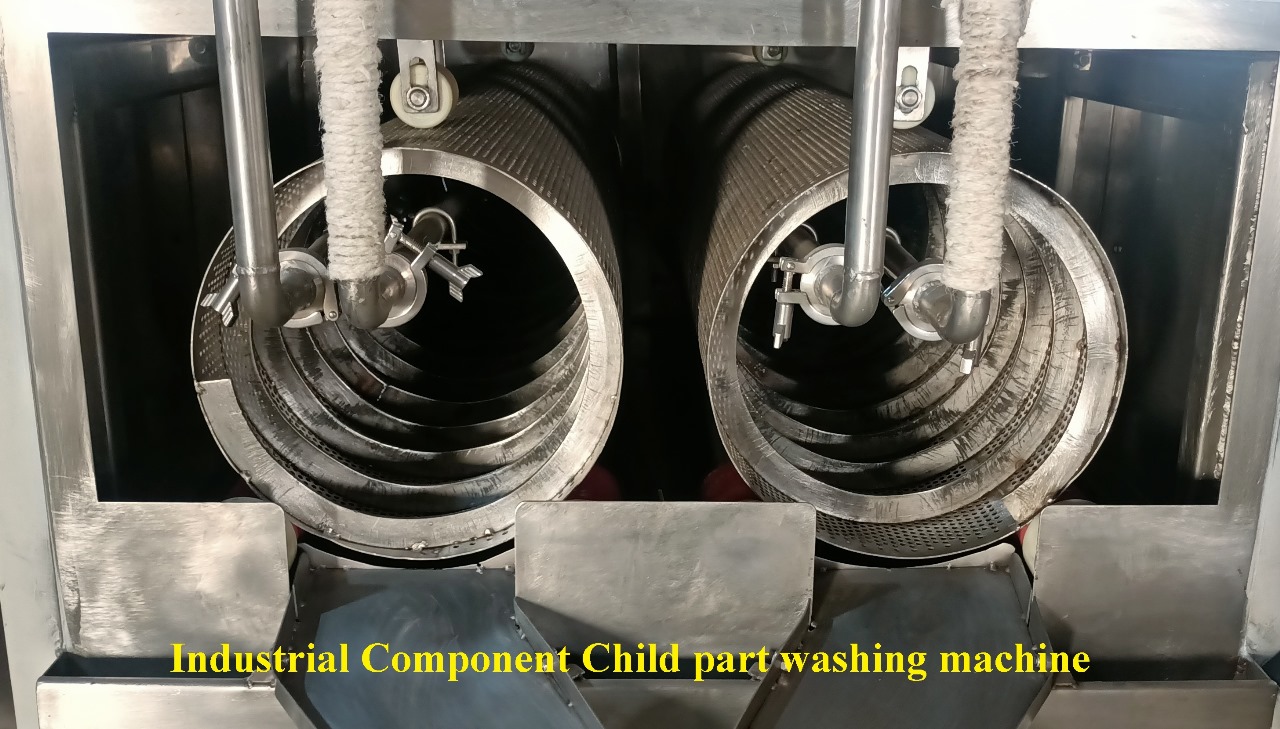 Dhanashree Systems
Dhanashree Systems
INDUSTRIAL COMPONENT WASHING MACHINE
Industrial component washing machines are specialized equipment designed to clean parts and
components used in various industries, including automotive, aerospace, manufacturing, and
electronics. These machines are built to handle large volumes and often incorporate advanced
cleaning technologies to ensure thorough removal of contaminants like oils, greases, dust, and
debris.
Key Features:
1. High Capacity: Designed to accommodate large or multiple components at once,
optimizing throughput.
2. Customizable Cleaning Cycles: Different materials and contaminants may require
specific cleaning methods and cycles.
3. Multiple Cleaning Technologies:
o Ultrasonic Cleaning: Uses high-frequency sound waves to create tiny bubbles
that implode and dislodge contaminants.
o Spray Washing: High-pressure sprays of cleaning solution effectively remove
dirt and oils.
o Vapor Degreasing: Utilizes vapor from a solvent to clean parts, particularly
effective for intricate components.
4. Eco-Friendly Options: Many machines are designed to minimize water and solvent
usage, incorporating recycling systems for cleaning fluids.
5. Automation: Advanced machines can include robotic systems for loading and unloading
parts, improving efficiency and consistency.
6. Drying Systems: Integrated drying solutions (like heated air or vacuum drying) to ensure
components are completely dry after cleaning.
Applications:
Automotive: Cleaning engine parts, fuel injectors, and transmission components.
Aerospace: Maintaining cleanliness of critical components to meet strict regulatory
standards.
Electronics: Cleaning circuit boards and other delicate components without damage.
Considerations When Choosing a Machine:
Type of Contaminant: Different cleaning solutions and methods may be needed based
on what needs to be removed.
Material Compatibility: Ensure the machine is suitable for the materials being cleaned.
Footprint and Space: Consider the size and layout of the facility when selecting a
machine.
Budget: Weigh the cost of the machine against operational needs and potential savings
from efficiency.
If you're looking for a specific model or need more detailed recommendations, feel free to ask!